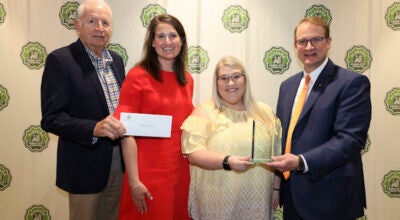Schools tighten belts for 2010
Published 9:11 pm Wednesday, September 30, 2009
When Gov. Bob Riley announced 7.5-percent proration Tuesday, it wasn’t what Chilton County Superintendent of Education Keith Moore wanted to hear.
“To be honest, I was a little disappointed it was that high,” Moore said, adding that he had hoped proration wouldn’t exceed 6 percent.
Fortunately, the board has enough in reserve funds — about $3.4 million — to bear the brunt of the initial cuts, but that doesn’t mean proration won’t increase, as it did this past year.
“We’re going to have to do the bare minimum. If it doesn’t go any higher, we should be OK,” Moore said.
Many schools are turning to fundraisers while times are tight.
Verbena School is planning a fall festival for this year, similar to its Spring Fling. Verbena’s service organization, student council and Beta Club put on the Spring Fling each year to raise money for classroom grants.
Principal Larry Raines said athletic programs are also feeling the pinch of proration. As a result, booster clubs are working harder to raise money.
“Tax money doesn’t go in athletic programs, and a lot of times parents don’t realize that,” Raines said. “Coaches are teachers first, and the county funds the coaching supplements, but as far as equipment and transportation — all that money has to be raised.”
The only other way to fund athletics is through gate receipts, which aren’t meeting the need right now, Raines said.
But he remains optimistic.
“It’s not something we can’t work through,” he said. “We’ve been through it before.”
Jemison High School Principal Alan Thompson said the state possibly could have avoided proration by reducing the number of days in the school year.
“They knew about this six months ago,” he said.
Alabama added five days to its school calendar several years ago, as did other states in the Southeast. This school year, Georgia asked its teachers to take three furlough days.
“This would take money out of my pocket, I understand. But in the long run, it would be worth it,” Thompson said. “More is not always better. It’s called quality time, not quantity.”






